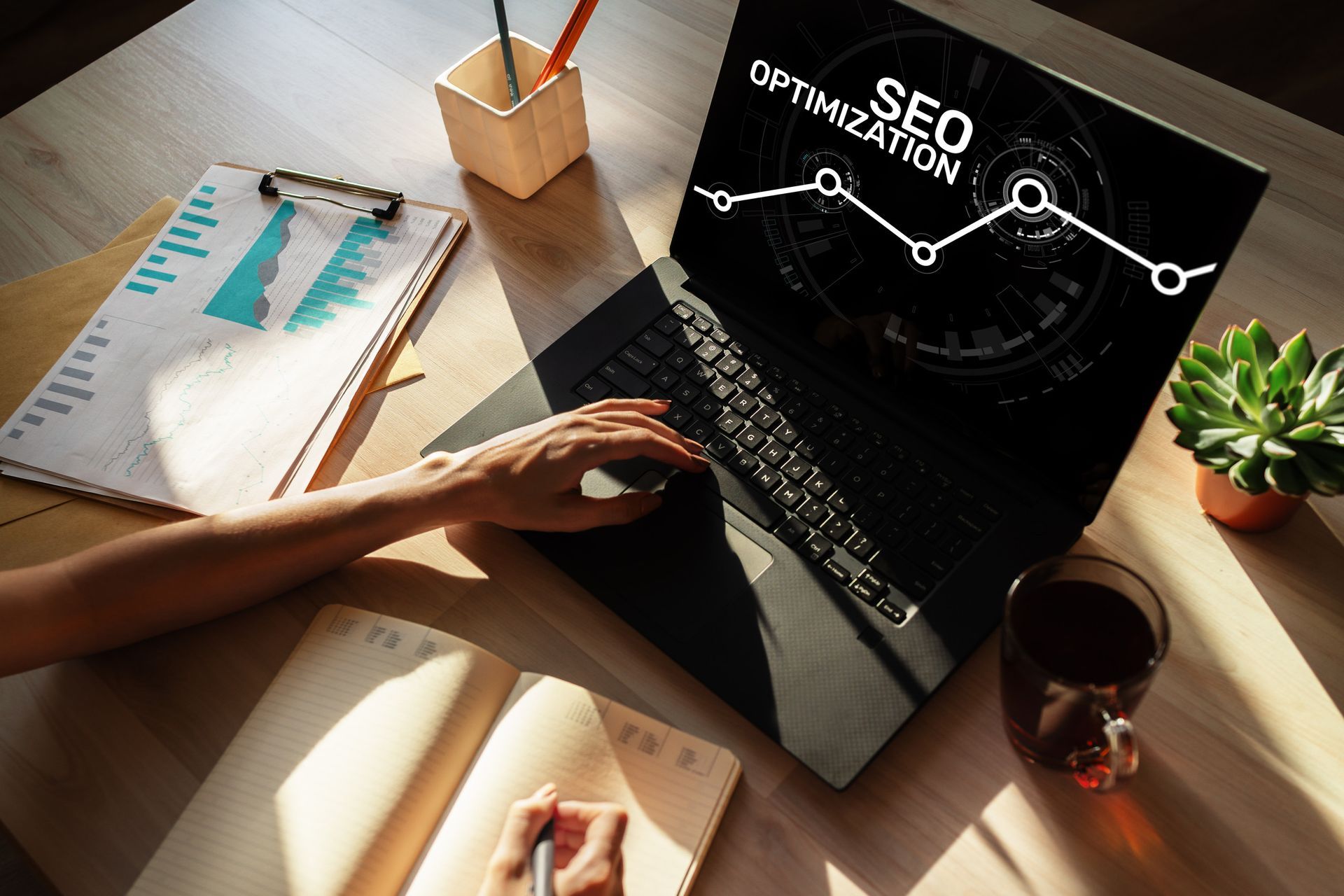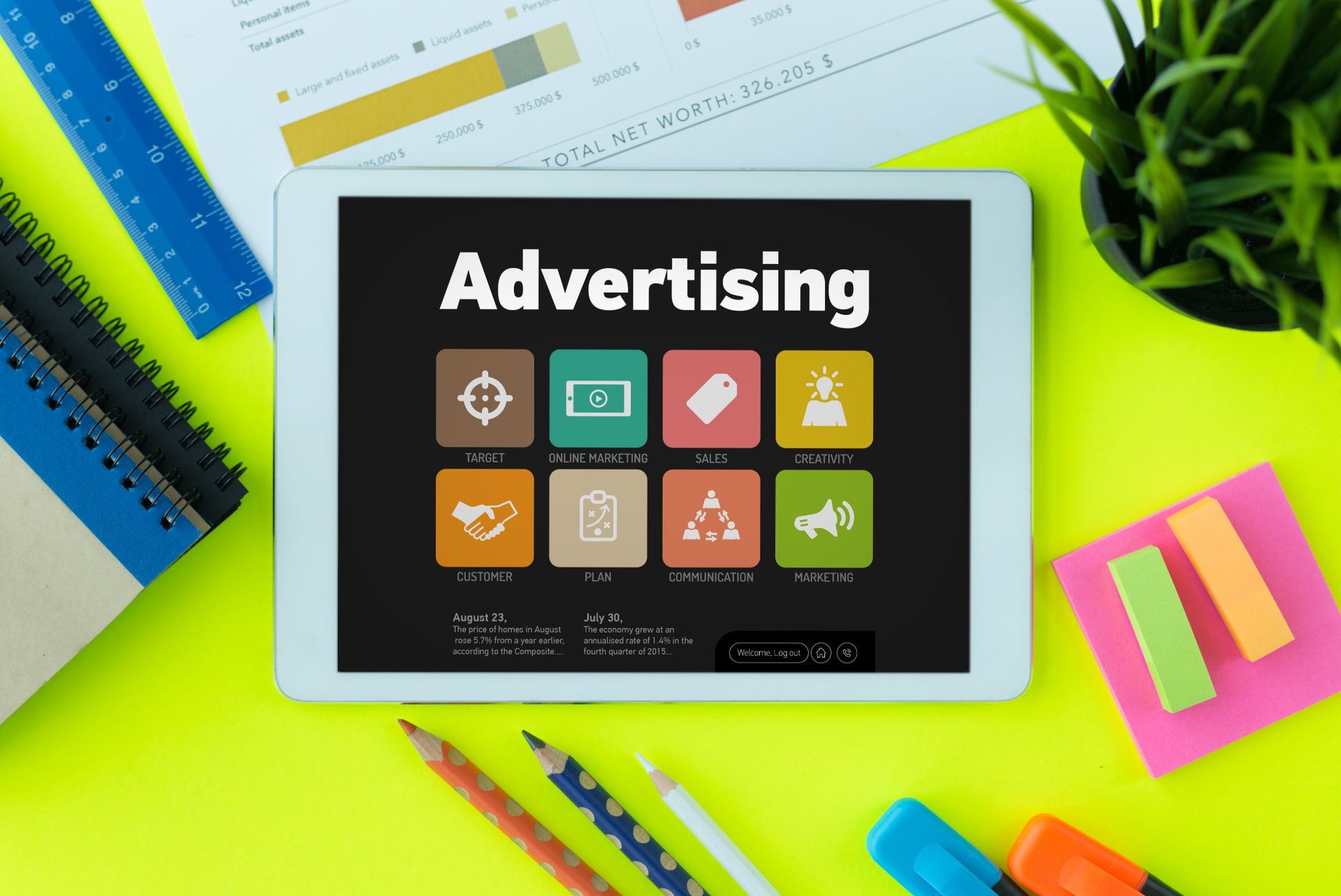The Power of Influencer Marketing: How to Collaborate Effectively
Influencer marketing isn’t just a buzzword anymore—it’s a proven, effective strategy that many brands rely on to build awareness, drive engagement, and boost sales. But with great power comes great responsibility.
To truly harness the potential of influencer marketing, you need to understand how to collaborate effectively with influencers in a way that benefits both parties and, most importantly, resonates with your target audience.
In this blog, we’ll explore why influencer marketing works, how to choose the right influencers, and provide actionable tips to build meaningful collaborations that deliver results.
Why Influencer Marketing Works
Influencer marketing leverages the trust and credibility that influencers have built with their audiences. These online personalities aren’t just content creators; they are community leaders within their niches. Here’s why influencer marketing is so effective:
Authenticity
Consumers trust influencers because their recommendations often feel authentic and relatable. According to a recent report by Nielsen, 92% of people trust recommendations from individuals over brands.
Niche Targeting
Influencers cater to specific audiences, whether that’s fitness enthusiasts, tech geeks, or fashion lovers. This makes it easier for brands to reach a highly targeted, engaged audience.
Higher ROI
A study by Influencer Marketing Hub states that influencer marketing campaigns earn $5.20 for every dollar spent on average, making it a cost-effective way to achieve big results.
Versatility
From Instagram stories and TikTok videos to long-form YouTube tutorials, influencers create a variety of content formats to suit your marketing needs.
How to Choose the Right Influencers
Not all influencers are created equal. Collaborating effectively starts with finding influencers who align with your brand goals and values. Here's how to do it:
1. Define Your Goals
Before you approach influencers, set clear goals. Do you want to grow brand awareness? Increase sales? Drive social engagement? Your objectives will guide you toward the right type of influencers.
2. Look at Relevance, Not Just Reach
Numbers aren’t everything. A smaller influencer (also known as a micro or nano influencer) with a highly engaged audience in your niche could be more effective than a major celebrity. Focus on influencers whose content and values align with your brand.
3. Analyze Their Engagement Rates
Don’t just look at follower counts—dig deeper into an influencer’s engagement. A good benchmark is a 2-3% engagement rate for mid-tier influencers and a 5-6% rate for smaller influencers.
4. Vet Authenticity
Unfortunately, fake followers and bots are still prevalent. Use tools like HypeAuditor or Social Blade to verify an influencer’s authenticity before committing.
5. Study Their Content Style
Make sure the influencer’s tone, aesthetics, and content style align with your brand image. If their posts feel oversaturated with paid ads, it could weaken the authenticity of your partnership.
Crafting a Successful Collaboration
Once you’ve identified the right influencers to work with, the next step is to collaborate effectively and ensure the partnership works for everyone involved.
1. Build Genuine Relationships
Start the collaboration by building a real connection with the influencer. Engage with their content, leave thoughtful comments, and share their posts where relevant. This creates a foundation of trust before discussing business.
2. Personalize Your Outreach
Skip the generic email pitches. Instead, craft a personalized message that highlights why you want to work with them specifically—mention a recent post of theirs you admired or reference something unique about their content.
3. Be Clear on Expectations
A successful collaboration is built on clear communication. When drafting your proposal, outline:
- Campaign goals
- Deliverables (e.g., number of posts, stories, videos, etc.)
- Timeframes
- Specific hashtags or links to include
- Content approval workflow
Make it easy for influencers to understand your vision.
4. Allow Creative Freedom
While you may have guidelines for the campaign, resist the urge to micromanage. Influencers know their audience best, so trust them to create content that feels authentic and resonates with their followers.
5. Offer Fair Compensation
Compensation is a key element of any influencer partnership. Be fair and transparent about payment, whether that’s a flat fee, performance-based payment, or perks like free products or services. Keep in mind that influencers dedicate significant time and effort to their content, so respecting their pricing is key.
6. Leverage Analytics
Use tracking tools or campaign-specific promo codes to measure the success of your collaboration. Keep an eye on metrics such as:
- Reach and impressions
- Engagement rates (likes, comments, shares)
- Click-through rates (CTR)
- Conversion rates (sales, signups, etc.)
Using analytics not only helps evaluate the effectiveness of this campaign but also provides insights for future strategies.
Best Practices for Long-Term Partnerships
While one-off campaigns can be effective, building long-term relationships with influencers often yields the best results.
Think Beyond “One and Done”
Repeat collaborations add credibility as audiences see the influencer working with your brand consistently. This builds trust over time.
Make Them Brand Ambassadors
Convert your best-performing influencers into brand ambassadors. They can represent your brand over a longer period, creating a loyal, ongoing partnership.
Celebrate Milestones Together
Recognize the influencer’s achievements, like follower milestones or anniversaries, with thoughtful gestures such as gifts, shoutouts, or exclusive deals.
Real-Life Examples of Effective Influencer Marketing
Daniel Wellington
The watch brand is a pioneer in using micro-influencers to create buzz on Instagram. They work with a network of influencers across different niches rather than relying on big-name celebrities, proving that smaller followings often punch above their weight.
Fiji Water
Fiji partnered with lifestyle influencers to weave their product into everyday moments rather than just promoting it as premium bottled water. This resulted in authentic, relatable content and high engagement.
Gymshark
By tapping into fitness influencers from niche communities, Gymshark built a loyal following and established itself as one of the most recognized fitness brands among millennials and Gen Z.
The Future of Influencer Marketing
The influencer landscape is constantly evolving. With trends like the rise of nano-influencers, the growing importance of video content, and the integration of AI in influencer marketing platforms, staying proactive is key to maximizing the potential of influencer campaigns.
To remain competitive, focus on authenticity and creating meaningful connections with your audience. By doing so, brands can continue to see impressive results in an era where consumers value trust and transparency above all.
Unlock the Potential of Influencer Marketing
Collaborating effectively with influencers can elevate your brand to new heights. By understanding your goals, choosing the right influencers, and building authentic partnerships, you can create campaigns that drive real results.
Ready to take your digital marketing to the next level?
Look no further than Ipswich's leading digital marketing solution,Digital Dominance. Our team of expert marketers is dedicated to helping you navigate the ever-evolving digital landscape, ensuring that your business not only keeps pace but thrives.
Whether you need cutting-edge PPC strategies, engaging content marketing, or innovative social media campaigns, we've got you covered.
Don't let your competition outshine you. Contact us for a consultation and discover how we can help your business reach new heights!









